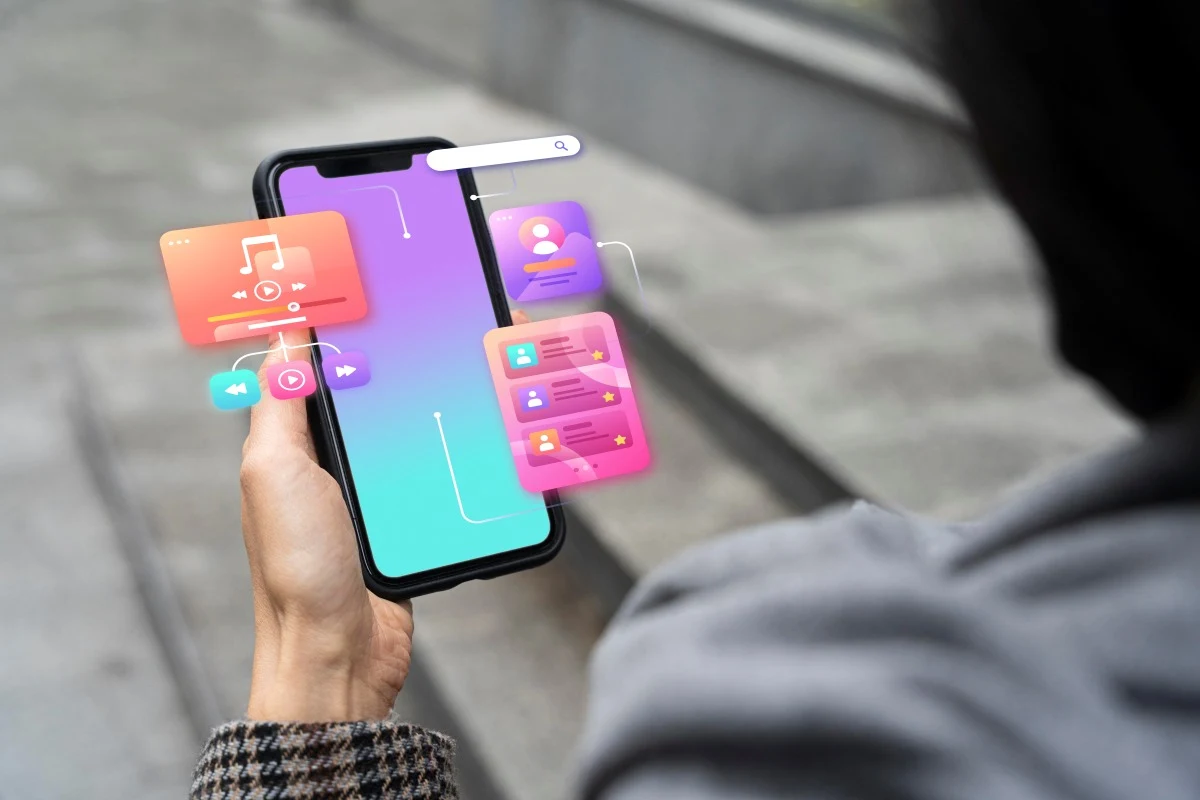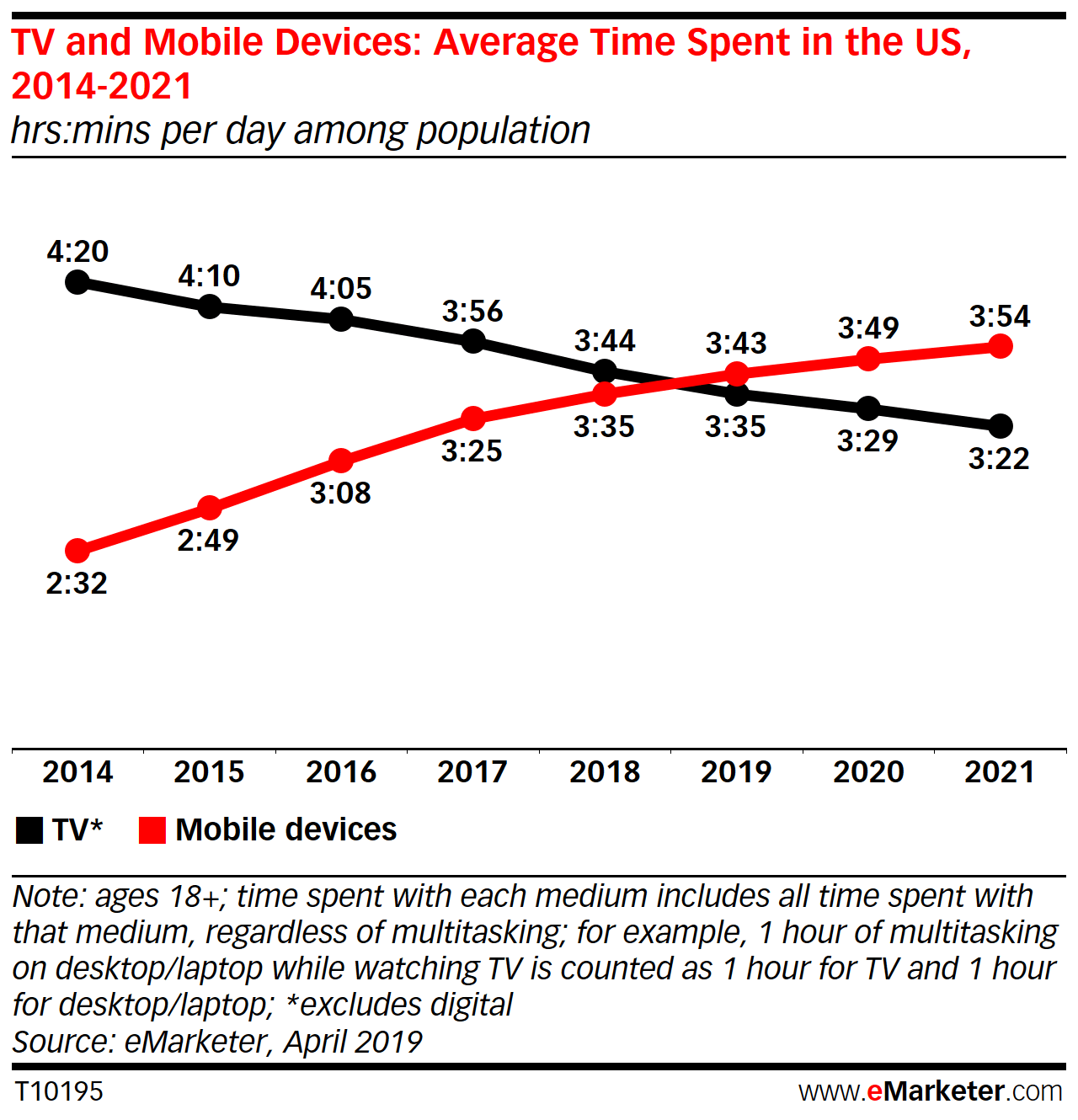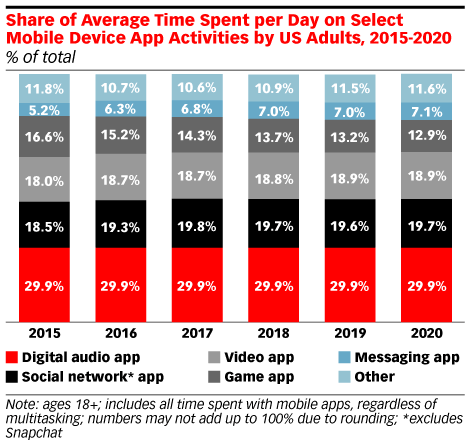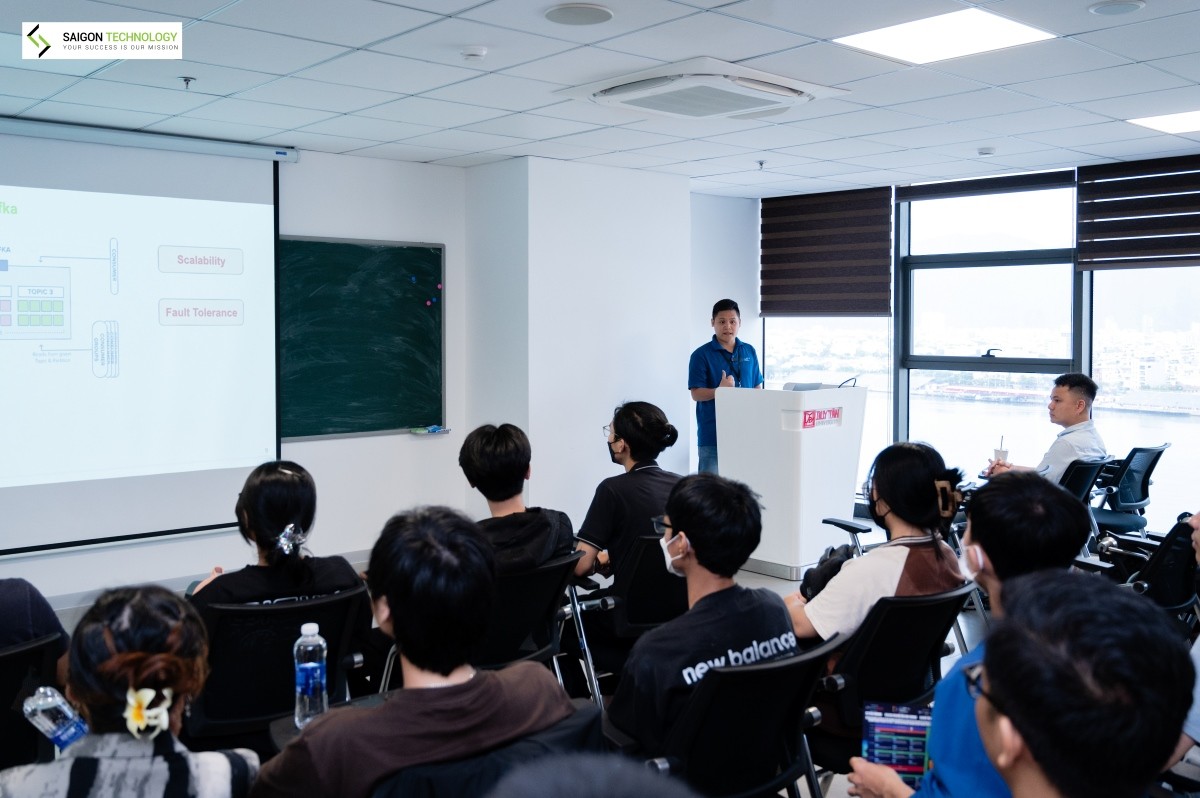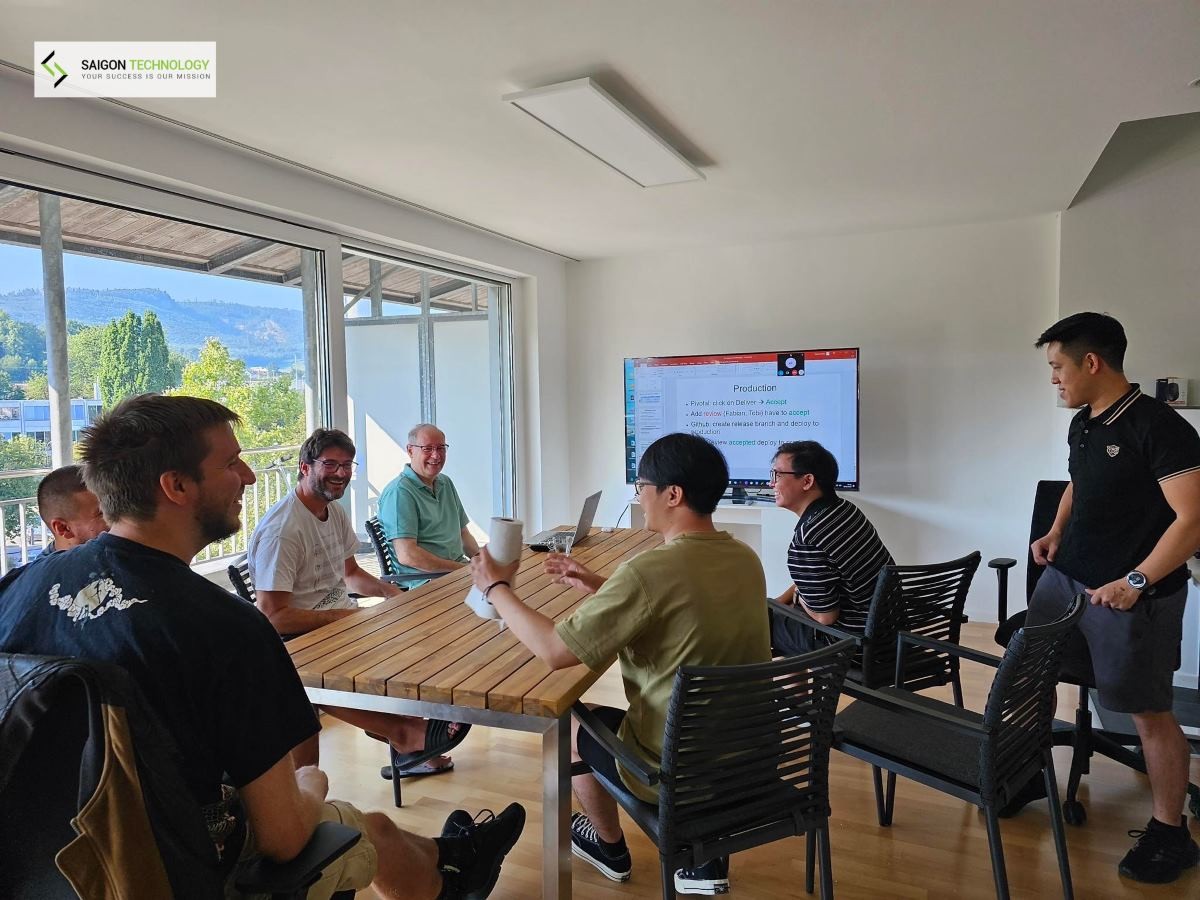Source: Feepik
Smartphones are increasingly taking the leading role in the lives of each of us. Rather than a conventional communication device, smartphones today are also seen as an assistant, a chat buddy, playing many other roles such as a convenient electronic wallet, a smart map, a body measurement app or a notebook … The world of mobile apps has never stopped growing, and so, if you’re thinking about building a phone app, perhaps it must be a product for a great idea, with convenient features for customers.
But let me guess, if you are still hesitant and confused, then the problem here is probably about the cost of building and developing mobile applications. That cost can be high, which may be reasonable if you choose the right vendor that fits your needs. However, don’t overpay! Consider exploring the option of custom app development, which can be a cost-effective solution tailored to your specific requirements.
Understanding your worries and concerns, Saigon Technology will accompany you from the most basic knowledge about Mobile Application, to specific information about the current market situation and the directions that you should remember when embarking on developing its own Mobile Application.
I. Mobile Application – Familiar But Strange
Mobile application development is the action or process of a mobile application developed for mobile devices, such as personal digital assistants, business digital assistants, or mobile phones. These applications may be pre-installed on phones in production platforms or distributed as web applications that use server-side or client-side processing (e.g. JavaScript) to provide spreadsheets. “like application” experience in a Web browser. Application software developers must also consider a long range of screen sizes, hardware specifications, and configurations because of stiff competition in mobile software and changes in each platform.
The era of mobile applications has been flourishing
In recent years, it’s easy to see that we can get anything we need with just the swipe of the phone screen. Globally, more than 5 billion people use smartphones with Internet access rates globally up to 57%. Moreover, eMarketer revealed, every adult in the US will spend 3 hours, 43 minutes using the phone device. Among them, US consumers will spend 2:55 on smartphones, an increase of 9 minutes, compared to last year.
The main activity in the application is digital audio. The American spends 50 minutes on audio mobile applications and 40 minutes on social media, among other favorites like mobile video, gaming and texting.
The speaking numbers with the prevalence of the mobile app
At a glance, according to some statistics that www.businessapp.com has, in 2018, there were 194 billion app downloads, up from 178 billion. Among them, 105 billion app downloads are made through two popular operating systems, Google Play Store and iOS App Store. The world’s largest iOS download and download market is China. While Google Play is more popular in the Indian market.
In terms of entertainment, Games is the most downloaded type of app on iOS and on Android in 2018. The global mobile gaming audience is estimated at 2.2 billion. 38.3 billion game downloads were made through the Google Play Store and iOS App Store in 2018. Of which, Google Play had 29.4 billion game downloads, iOS App had 8.9 billion.
From 2016 to 2018, total application usage increased by 50% globally, bringing the total to about 1,350 billion hours. During smartphone usage, social apps account for 50% – averaging around 2 hours and 16 minutes a day globally. Media & entertainment applications are launched on average 16.2 times per month, with an average session duration of 7 minutes 14 minutes. More surprisingly, the average user has up to 9 social accounts on average.
The most popular application in the world is the social media application with the throne belonging to Facebook. It is interesting to note that Facebook also owns four of the five most popular applications, including the top three. Facebook itself takes the first place, followed by WhatsApp and Facebook Messenger, with Instagram coming in fifth.
The contribution of Mobile application to life
Talking about the benefits of smartphones in life, we cannot help but mention the range of items such as communications, entertainment, messaging, video, photography, or even the payment of revenues and expenditures in daily life. Kevin Kimberlin, President of Spencer Trask & Co, said that none of the technology is as influential as a mobile phone. “It is the fastest growing artificial phenomenon – from 0 to 7.2 billion in three decades,” he said.
According to the Pew Research Center, 91% of American adults now own and use mobile phones. People work, communicate with partners, organize tasks and schedule appointments with smartphones; They sleep, walk, exercise and drive with their mobile phones. Among them, up to 44% of phone owners sleep next to their beloved phones, so as not to miss any calls or messages during the night.
However, a smartphone will not be the “king” device without the great mobile applications. It can be said that consumers are in need of applications related to daily life like never before. These can be interesting applications on caring for plants, gardening, controlling nutrition quality, monitoring sleep rate, observing pets remotely… or other high-caliber applications such as payments, banks, car reservation services, hiring a maid, finding a job… It is easy to see that the competition for mobile users is very fierce, because there are more than 2.7 million applications in the Google Play store and 2.2 million in the App Store.
II. What to Keep in Mind When Building a Mobile App?
Turning around the great figures of the continuous growth of Mobile Application are the stories of experienced software developers who are capable of blowing souls for those applications. So, as an individual – an enterprise needs to build a mobile app, after finding a suitable service provider, you need to consider the following:
1. Listing and clarifying key goals
The first and also the most important: check your goals in the program. Focusing on the customer focus, you need to understand and know whether this mobile application product will help increase customer loyalty? Does it help customers self-service? Or how the company’s turnover will change after the product is put into use. In other words, measure every factor that affects your sales and customers as much as possible.
2. Knowing your consumers well
As a next step, you should understand who your target customers are, with their goals, requirements and the technology they use. Take time to carefully prepare your interests and customer behavior, including researching the platforms your users are most likely to use, then understanding each user experience. We have never stopped being customer-centered. Because, this product is made to serve your beloved customers, right?
3. Preliminary sketch of the desired mobile application structure
By having the sketches, you are gradually getting a better idea of the structure and layout you want. Then, you can lay the groundwork for your future interface. In this step, you may need to outline the main features and approximate layout and structure of your application. At first, you may think this is not a necessary step because the Developer team has already supported you. However, because this mobile application is your own product – your company’s pride, you don’t want your passionate product to look and function completely different from what you expect?
4. Defining a minimum set of possible solutions
Why is it “minimum”? Because we are trying to emphasize the factor “don’t overpay”. Do not try to solve all problems and make them available on the table at the same time. Instead, businesses should choose to start with a minimum viable software solution. Bring a basic but fully functional application that serves as a customer service platform, then listen to your customers’ opinions and upgrade your application to be more compatible. In this way, you have the opportunity to enter the market faster, knowing your customers’ requirements and desires to edit the application as needed.
5. Planning for multiple updates
If in step 4, you have the first version with the most basic functions, be prepared for a long-term application development plan with many different updates. Many users will rejoin your app as new features are added. With each updated version, you will have a chance to promote and communicate extremely “naturally” and effectively. However, do not release new versions too often – easy to cause trouble for users. Maintain a 2-3 months period so that users have time to experience and feel thoroughly your application.
6. Understanding people – understanding yourself
Take the time to explore the applications in each platform you plan to support – come with different interface models and a different set of applications. Experience popular apps for yourself to learn more about user expectations, what might appear on the platform. Feel free to use it to fully understand the nature of the incident, from which you can draw on what you have learned to build your product.
7. Discussing with your service provider as soon as possible
The story of building an application from scratch has never been so quick and easy. Therefore, to ensure the progress and quality of products, companies must consider how architects deliver data and manage APIs as well as security, scalability, content aggregation, optimization. devices, API translation, etc. And of course, after the meetings with you, the engineers also need to have time to prepare human resources to join their own projects, plans and guidelines. After that, it will be time to proceed to create the product. Good things take time, remember that.
8. Analysis plan
After getting the steps above, we need to determine how to measure success. With a range of potential features, devices, platforms and technologies, success can be a challenge to identify, but it will affect your ultimate strategy. It sounds like wasting a lot of your time, but keep in mind that a good plan is always a perfect start for a good product. Invest and weigh in both benefits and shortcomings, anticipate those problems, and you’ll see how effective they are.
III. How to Optimize Budget When Embarking on Building a Mobile Application?
From the 10 factors above, we draw the overview factors when building a mobile app. So, how to optimize funding when starting to start building a mobile app? Saigon Technology will review the following factors:
1. Choose and stick with a team of highly skilled
Do not spend too much time waiting and hoping on a team that you are not sure of the skills and skills. Study each portfolio and find a unit that suits both your professional and financial needs.
2. Simplifying the story
Just like in step 4 above, choosing a complex product with too many customizations will cause the price to rise out of control. Identify which factors are key, in order to select and simplify applications following up to your budget and capabilities.
3. Drawing a brief map
Sit down with your service team and outline the full picture for your application before starting the project. Building the initial elements is almost always faster and less expensive than adding them later in the process. In addition, it also gives you an overview and a clearer view of what you want, while also giving them the opportunity to propose cost-saving changes.
4. Minimizing configuration
It is not always considered the best way to configure global elements such as colors and text in mobile application design. A good solution provider will be able to configure and narrow your focus to the key, really important factors so that you can determine your success.
5. How about a hybrid application?
It will be very costly for a small business to build a separate application for iOS and Android system operation. The best solution is usually to build a hybrid mobile application that works across multiple platforms. These applications are built similar to websites and developed using HTML, CSS and JavaScript, but wrapped in a separate wrapper and sent to the App store as usual. Well-built hybrid apps look like native apps in every way.
IV. Summary
Through all the steps and factors you should consider to avoid overpay while you are starting to build a mobile application, we hope you will have a more multi-dimensional and more general view of the mobile application. The market changes every minute, every hour, so if you have an idea for a mobile application for yourself, your business? Do not hesitate, contact Saigon Technology immediately to get the best quote and advice.

